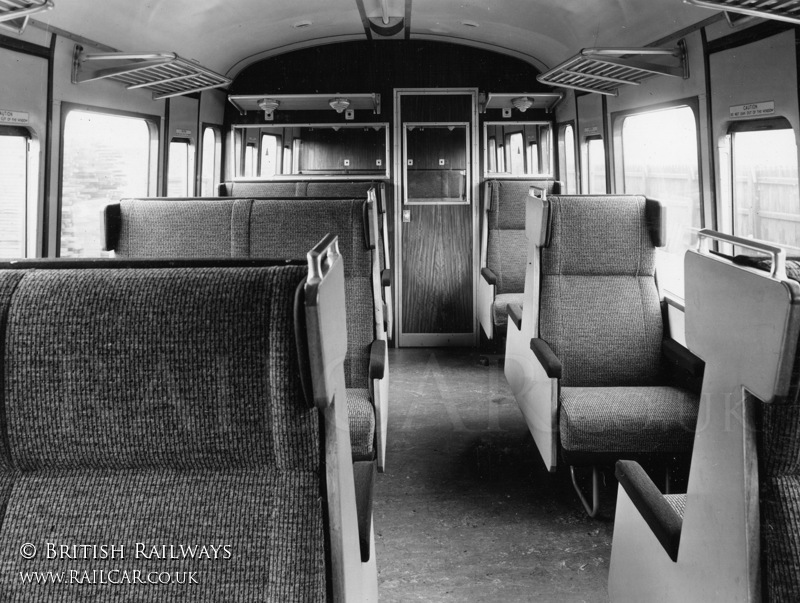Helvellyn
Established Member
- Joined
- 28 Aug 2009
- Messages
- 2,013
Well First Class in the 115s seems a step up from the 117s.There was the (cynical) view amongst railwaymen that the reason the Marylebone units had 1st Class was pressure from the upper echelons who worked at '222 'and breezed in from the Chilterns...

Class 115 TCL - https://www.railcar.co.uk/images/15354

Class 117 TCL - https://www.railcar.co.uk/images/117/works/5cr-146.jpg

